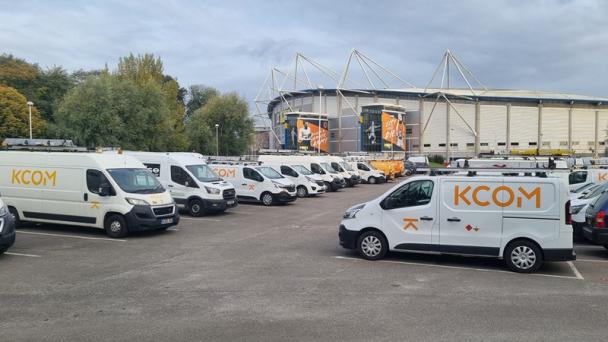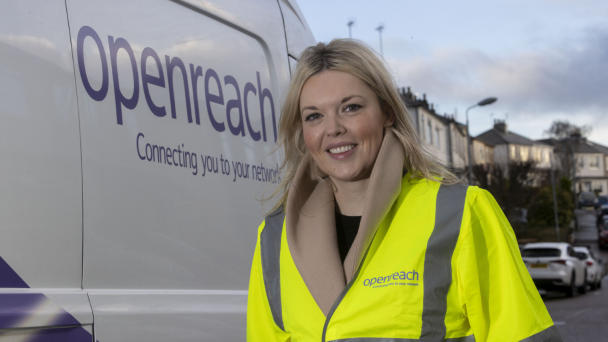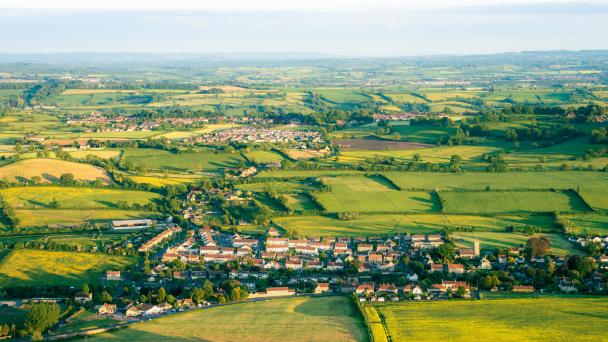
With a strategy of stimulating infrastructure competition to drive Full Fibre coverage nationwide, Ofcom required Openreach to launch its Physical Infrastructure Access (PIA) product in 2011.
By providing altnet builders access to Openreach’s ducts and poles rather than dig the streets themselves, Ofcom believed that ‘altnets’ could increase the speed of their rollouts while reducing build costs and inconvenience to the public.
But PIA started life as a clunky and unwieldy product and transforming it into the effective rollout accelerator it was intended to be has taken years of collaboration between PIA’s customers, Openreach and the regulator.
Unfit for purpose
From the outset, PIA was far from an industry enabler. It was a cumbersome product that was slowing down those network builders trying to speed up. PIA’s customers were obligated to follow Openreach’s network exchange architecture rather than their own and were heavily restricted from using the product to provide services to businesses. Users were obliged to pause construction for at least five days once a blocked duct was discovered so that Openreach could clear it.
Recognising its long-term potential, CityFibre and PIA’s other early customers persevered, continually feeding back on issues and proposing solutions. Progress was initially slow, but thanks to our persistence, increasing collaboration and commitment from Openreach and further intervention from Ofcom, things soon accelerated.
Ofcom remained determined to ensure that PIA’s potential was realised and engaged closely with CityFibre and other altnets to understand their frustration and challenges. In 2017 Openreach opened a formal consultation to explore how PIA might be improved and went on to ensure there was scope for stakeholder input into Openreach’s PIA contract, which was eventually published in March 2019. CityFibre soon became the largest user of PIA in the market.
Driving continual improvement
As billions of pounds continue to flow into competitive digital infrastructure investments across the country, and the urgency for nationwide Full Fibre coverage becomes more apparent, PIA’s role as an enabler continues to grow in importance. For this reason, CityFibre remains an active voice at industry meetings run by the Office of the Telecommunications Adjudicator.
Through this engagement, we have encouraged changes to make the product more scalable and affordable – for example, securing more space on poles and raising their load-levels enabling altnets to install their own equipment.
We’ve also worked to get rid of as much red tape as possible and minimised the impact that defective poles and blocked ducts have on the ability to serve every premises passed, and to avoid failed on-the-day installs for end customers.
Most recently, we submitted a formal Statement of Requirements to permit altnets to replace an existing copper dropwire with a new fibre one. Openreach has agreed to proceed with a trial of this change which should help to reduce failed installs caused by a pole being deemed defective after an order has been accepted.
Thanks to these changes, PIA is vastly improved since its emergence over a decade ago. As testimony to its enhanced usability and scalability, over 50% of the properties we connect with our own fibre today are serviced through PIA. We currently account for around 25% of all product usage, with some 90 altnets making up the remaining 75%.
Committed to best practice and making a difference
At CityFibre, we adopt a ‘hybrid architecture’ approach to our Full Fibre rollout in which PIA use is the preferred route. Wherever possible, we will prioritise the use of PIA poles over ducts and only if neither are viable in a specific area will we resort to new self-build.
Using PIA in preference to self-build is less disruptive to both the environment and the general public. Compared to self-build, PIA can cut the speed of rollout by roughly half. Instead of digging nine metres per property on average, we typically need only dig around 4.5 metres. We also estimate that a ‘traditional dig’ can be 7.5 times more carbon intensive than using PIA.
Minimising disruption, reducing carbon footprint and being more cost-efficient sit hand in hand.
CityFibre has also played a lead role in the creation of SHiFT (Safety & Health in Fibre Telecoms). The aim of SHiFT is to promote health and safety best practice across all UK fibre builds. Alongside us, over 25 other network builders have joined as SHiFT members, including the likes of Openreach, VMO2 and Vodafone.
With our commitment to building a network that is Better By Design, we’ll continue to champion higher standards, simpler processes and the removal of barriers. It’s not just about accelerating our own rollout though. At CityFibre we believe Full Fibre should come as standard. We want to ensure everyone in the UK gets access to it as fast as possible – whether that’s in cities and towns or far-flung rural locations. It’s no small task to achieve the rapid nationwide rollout that’s needed, altnets of all types and sizes play a vital role and we must continue work together to make it happen.



